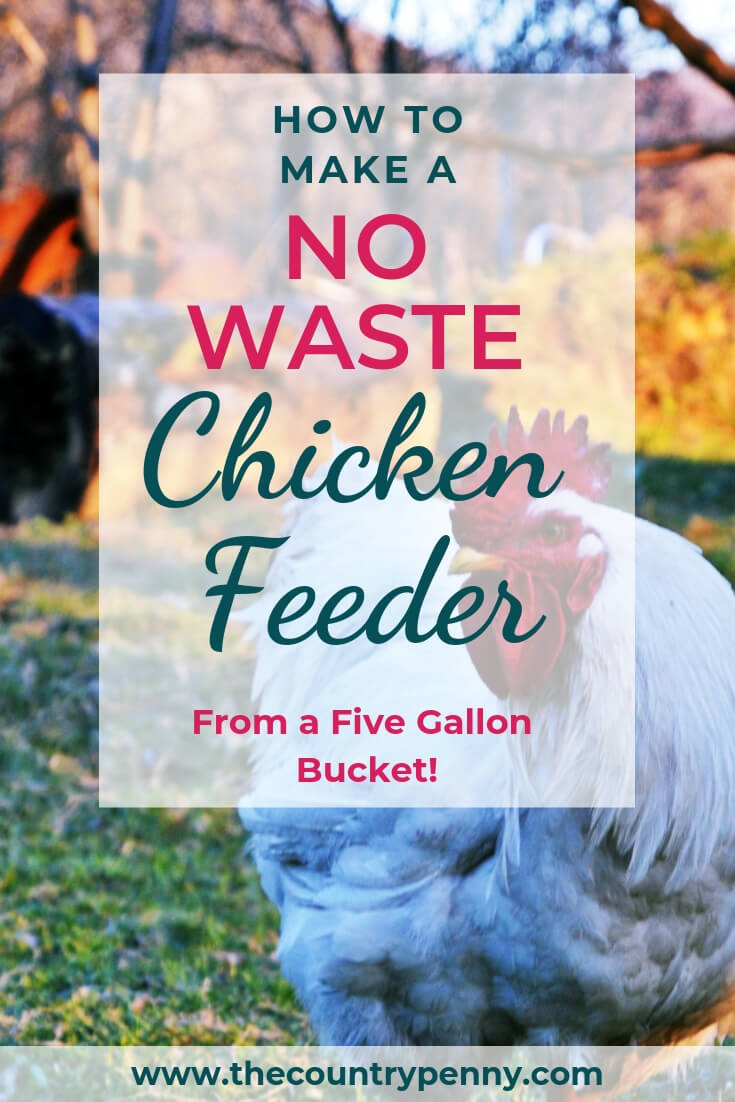Yeah… not the most efficient way to do it. So off I went to my local farm store to buy a chicken feeder. I wanted one of the big galvanized ones that hold a bunch of feed. So I found one and, like most things at this particular store, it wasn’t price marked. Up I went to the cash register to find out how much it was going to cost. Three minutes later, I was putting it back on the shelf. $40! To feed my chickens!
Ok, plan B. I’ll build a pvc chicken feeder. Then I priced out the pipe for that. At nearly $20 a stick of pipe, it was still too rich for my taste. So there I am, wandering around my local home supply store, trying to come up with a solution.
Then I see them, bright orange 5 gallon buckets. The wheels started spinning and, with two pvc elbows in hand, I was out the door for $6. (I already had the bucket!)

